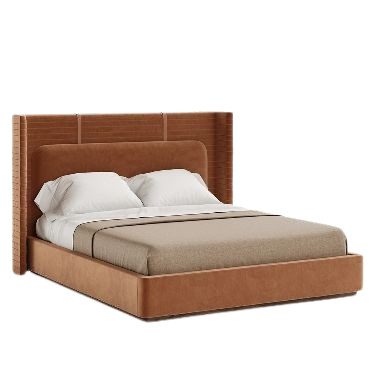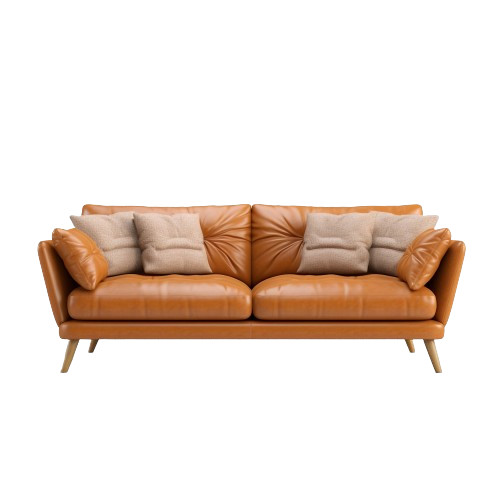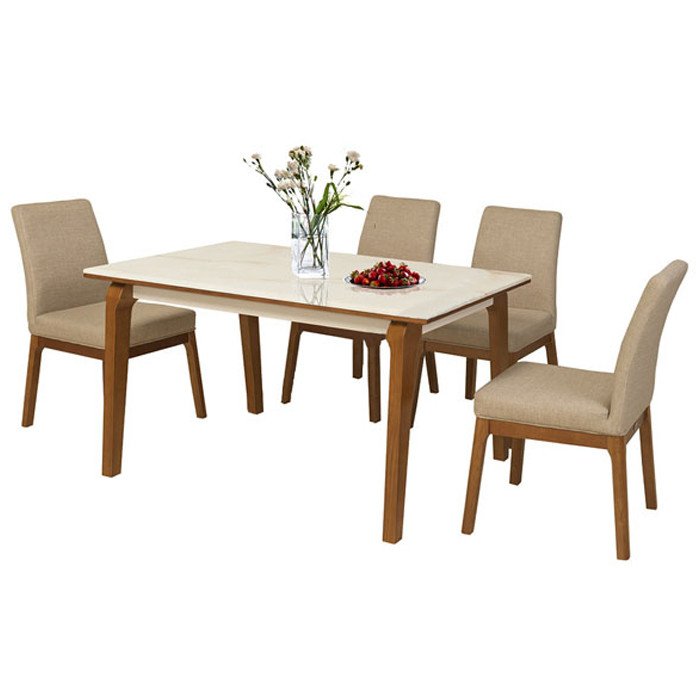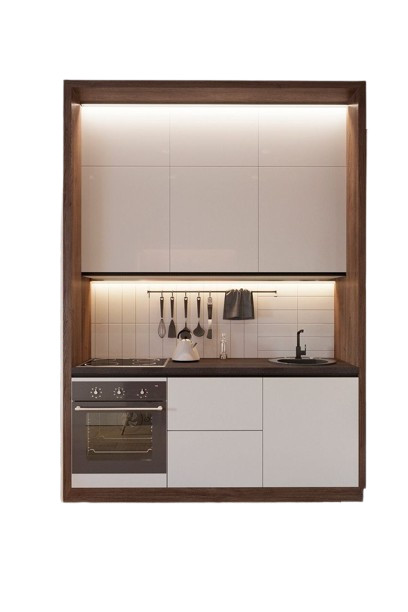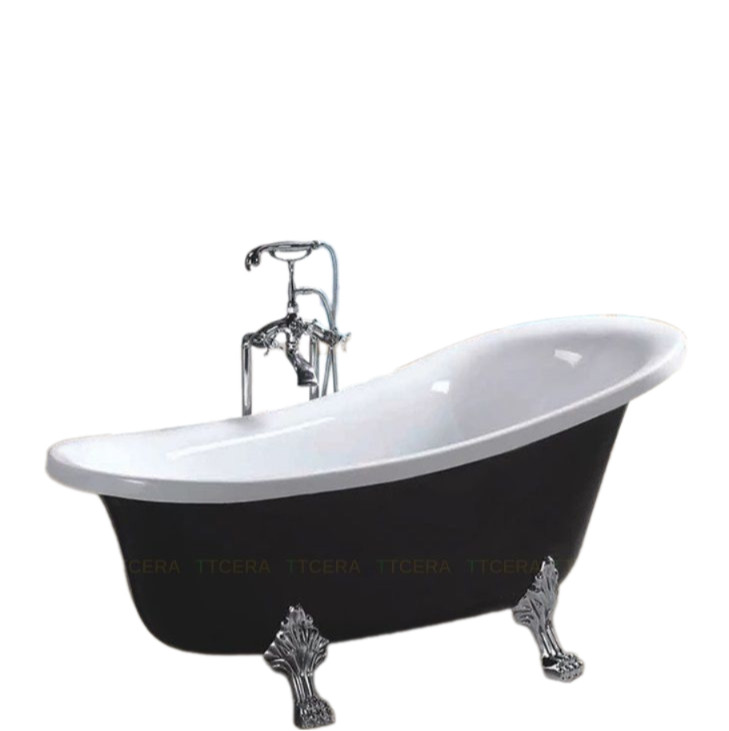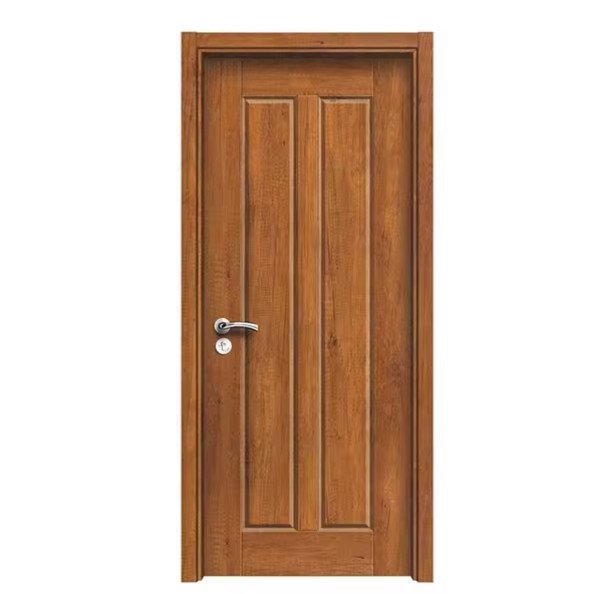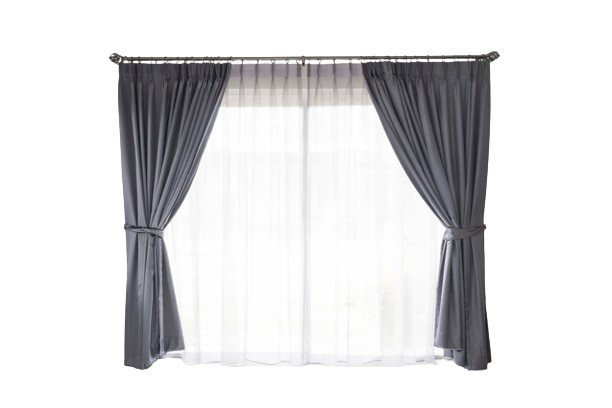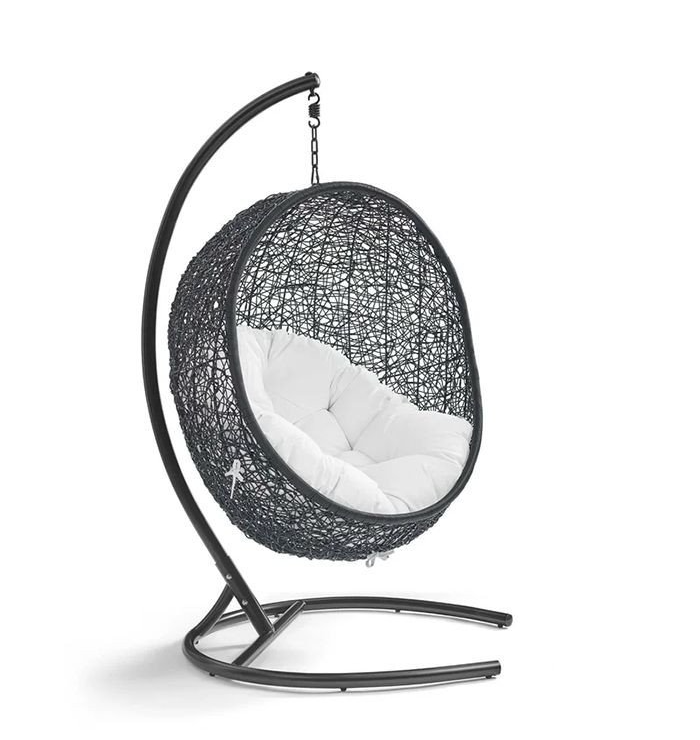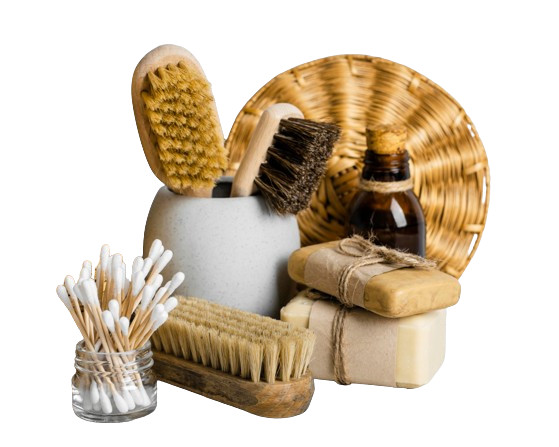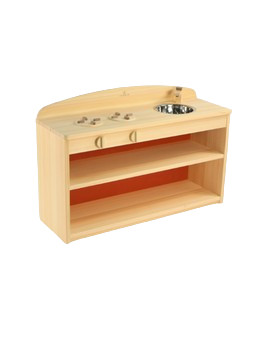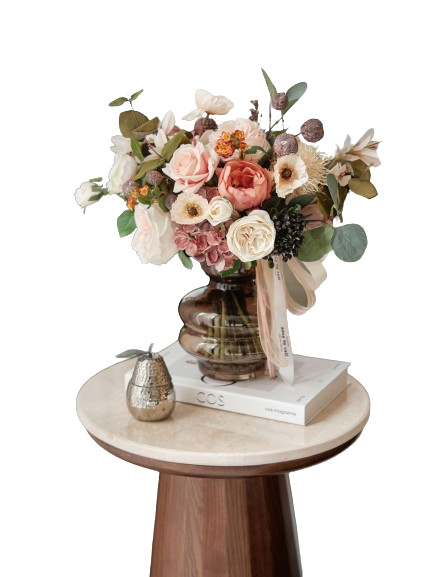SEEMS COMPLICATED, BUT SUPER SIMPLE
INTERIOR DESIGN FOR THE ELDERLY
Nowadays, a lot of young families continue to live with their aging parents and grandparents. Nevertheless, young people occasionally neglect their parents and grandparents or spend insufficient time caring for them because they are preoccupied with their jobs, and as a result, they are unaware of the needs of the elderly and do not know how to best serve them. support services to help seniors live safely and satisfy their everyday needs. As a result, a lot of homes are built with the health, psyche, and preferences of the elderly in mind, which makes it difficult for parents and grandparents to live comfortably and in harmony with their kids. grandchildren.

It has been demonstrated by the arguments of highly experienced engineers and architects, as well as by actuality, that, despite the fact that older people are the ones who require care, their living quarters have not been effectively promoted. Sometimes, young people fail to arrange furniture in a way that is appropriate for the activities of the elderly, which can have many unanticipated implications for the elderly living in the home. Thus, while selecting furnishings for a home, what should young people consider if they plan to live with their parents or grandparents or if they are building a home for them?
1. Choose simple, easy-to-use furniture
A person's memory deteriorates more with age; they are less able to retain information and learn new things than they were when they were younger. As a result, making elderly people adjust to intricate, overly modern furnishings will make daily living more difficult for them. In households with older members, furniture with straightforward functions, ease of use, and simplicity should be given priority. This addresses the "psychological obstacle" that many older people face—namely, their reluctance to bother their children and grandchildren—and encourages the elderly to take the initiative in their own lives.


The living room area is elegant but comfortable, with straightforward, useful furniture that is ideal for households with senior citizens
2. Limited furnishings necessitate physical exertion
Older adults have significantly lower mobility and bodily flexibility in addition to memory impairment. Furniture that is heavy or requires a lot of force to lift or push will make life difficult for the elderly if homeowners pick it. Elderly people who use heavy furniture or who demand a lot of energy from the mechanism—such as pulling or pushing—are more likely to sustain injuries, including bone pain or dislocation. This kind of furniture will shatter or fall, causing damage as well as putting the elderly in grave danger.
 The finest furniture for families with elderly members is moderately heavy furniture that requires little effort
The finest furniture for families with elderly members is moderately heavy furniture that requires little effort
3. Remote control

Homes containing senior citizens should also have devices with remote controls installed. Remote-controlled devices can aid the elderly with their daily tasks by reducing the need for them to move around a lot to modify them. They are also a good option for products that are difficult to reach or demand physical effort. places that are easily accessible to the elderly, including wall-mounted cupboards, drapes, etc. The elderly's bedroom should be furnished with remote-control devices to prevent situations like these from occurring in the middle of the night. It is not enough that older people need to get out of bed in order to change lights, fans, and other appliances.
4. Limit corners and slippage
Children and grandchildren can no longer afford to ignore the issue of falls among the elderly. Elderly people's physical and mental health are not only negatively impacted by falls, but they can occasionally be even more dangerous than life-threatening. Therefore, young people need to be aware of how to design and arrange furniture to limit falls for the elderly. One of the most common strategies to limit angular interior design is to pair flooring with matte, less slippery materials. Even though it can satisfy children's and grandchildren's aesthetic requirements as well as their personal preferences, angular furniture will unavoidably put the elderly in danger when they live there. Older adults have trouble getting around. Angles in furniture design can result in several collision scenarios, which puts the elderly at risk of falling or suffering scrapes and other injuries to their bodies.

The anti-slip wooden floor and soft, rounded-edged bed make this a perfect bedroom for senior citizens
5. Note the height of cabinets, electrical switches, etc.
The furniture in the house needs to be at a height that is comfortable for senior citizens. The elderly are somewhat limited in their reach because they have several bone and joint issues or sequelae from war and hard labor during their youth, which causes the bones and waist to become misaligned. Particularly for families with older members, the height of wall cabinets and electrical switches inside the home should be carefully examined and determined depending on the family's actual condition.


The older person may have to reach or climb on something to grab the item if the furniture is too high, which could put them in danger of falling. Elderly persons with joint and waist difficulties will find it difficult to bend if the furniture is too low, which would make daily tasks difficult for them.
6. Friendly materials: wood, rattan, etc., suitable for your taste and non-toxic
If living with the elderly, homeowners can arrange a lot of furniture from friendly and non-toxic materials such as wood, rattan, ceramic, etc. Friendly materials available in Vietnam will help the indoor space become more cozy with modern materials, besides being familiar and close to Vietnamese culture. Thanks to that, the elderly will have truly comfortable living spaces that are beneficial for their mental health.
 The entirely Vietnamese design uses a lot of common, rustic elements, like wood, bamboo, rattan, ceramic tiles, and tiled roofs, to create an excellent setting for the elderly
The entirely Vietnamese design uses a lot of common, rustic elements, like wood, bamboo, rattan, ceramic tiles, and tiled roofs, to create an excellent setting for the elderly
Homeowners should think about selecting furniture composed of mostly natural materials, balancing the rooms appropriately, and coordinating the habits and tastes of the family's younger and older generations, depending on the specifics of each property.
ADORN MUSEUM
Location: O-1, TM.01, 1st Floor, Orchid 1 Tower, Hado Centrosa Garden No.200 3/2 Street, Ward 12, District 10, Ho Chi Minh City, Viet Nam.
Hotline: (+84) 28 3930 3428
E-mail: support@adornmuseum.com
Operation time:
8:30 - 17:30, Monday - Friday & 8:30 - 12:00, Saturday

